
Ancient Wonders of Engineering
Engineering has come a long way since ancient times, and we’re able to invent and create incredible things that we
Home › Engineering › Page 6

Engineering has come a long way since ancient times, and we’re able to invent and create incredible things that we
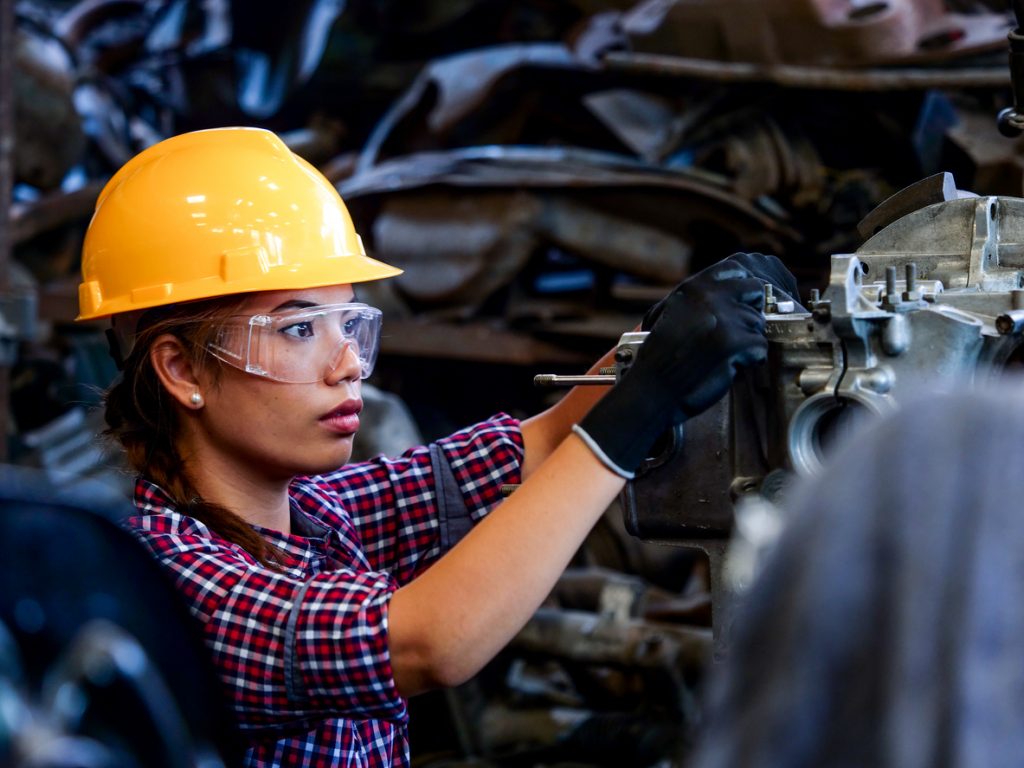
It’s disheartening to hear that 56% of female engineers reported that they felt the manufacturing industry in Ireland has not
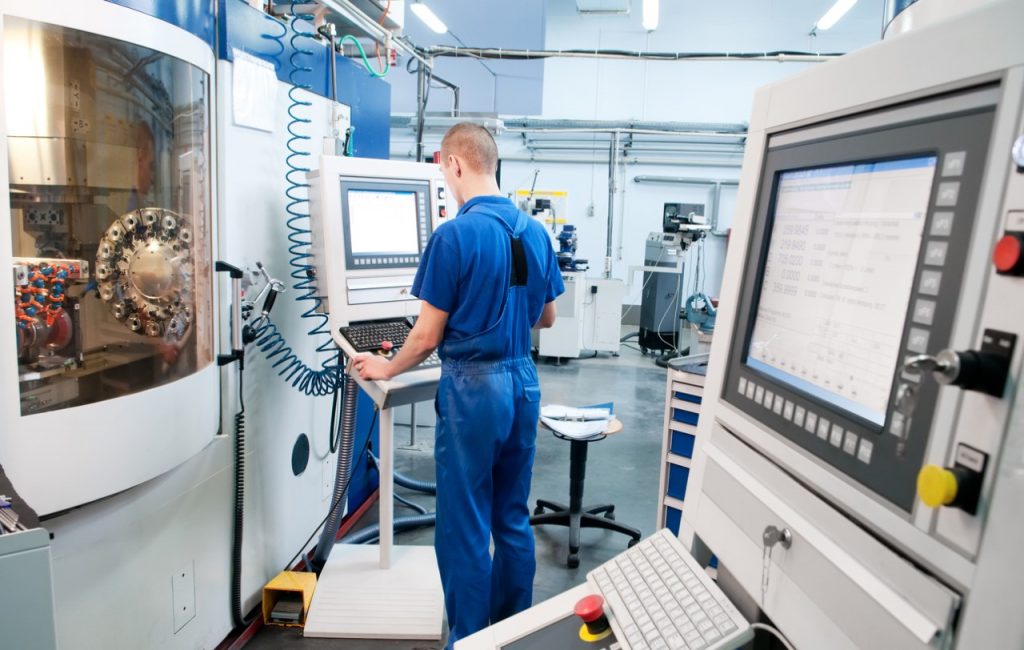
European Springs and Pressings Ltd is one of the very best spring manufacturers in Ireland and across the globe. Over

Updated in July 2024 Springs and pressings are often overlooked yet critical components to many applications across many industries. The
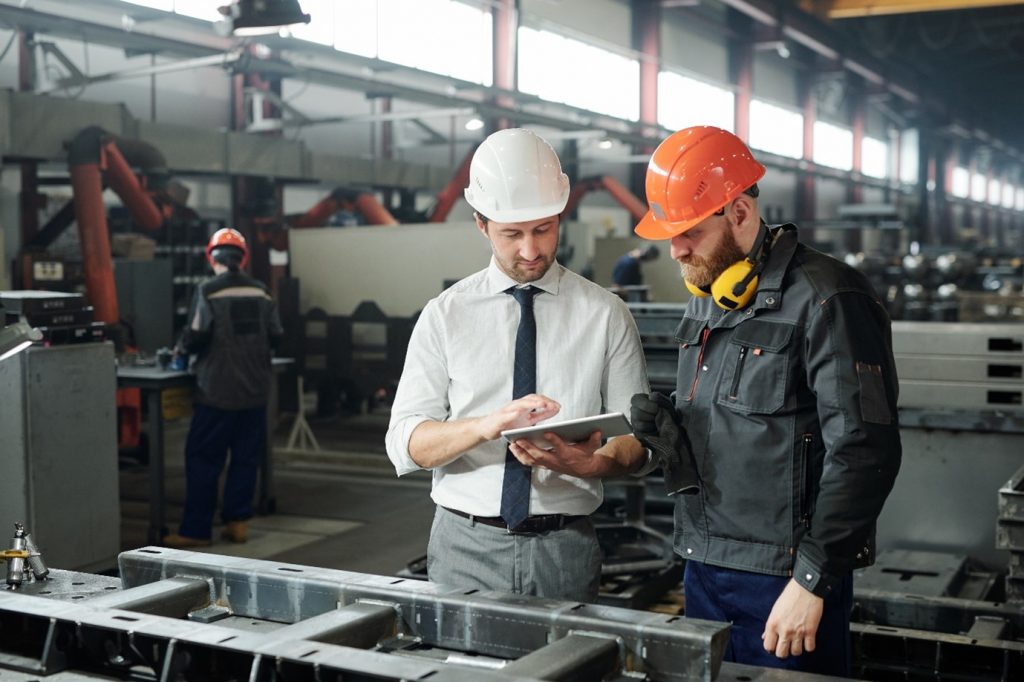
It would be difficult to overstate the massive impact COVID-19 has unleashed on virtually every industry operating in today’s market.

2020 has been an unusual year in many ways, largely because of the Coronavirus pandemic, and many who are involved

With 5G set to revolutionise the manufacturing industry, there is much speculation on the importance of manufacturers adopting the technology
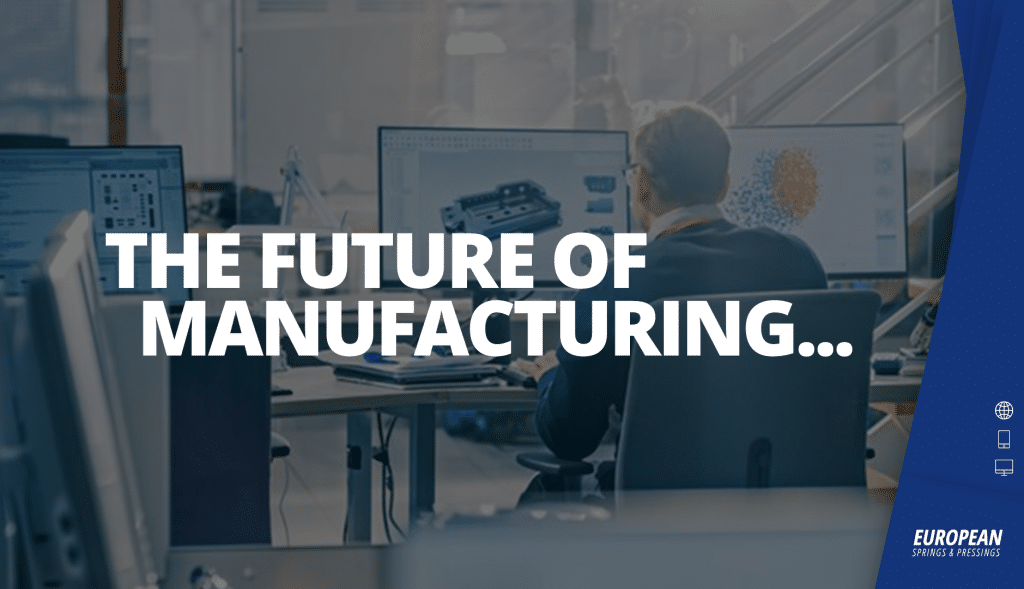
The manufacturing industry has grown significantly in recent years, and despite recent struggles due to Coronavirus, the sector is seeing
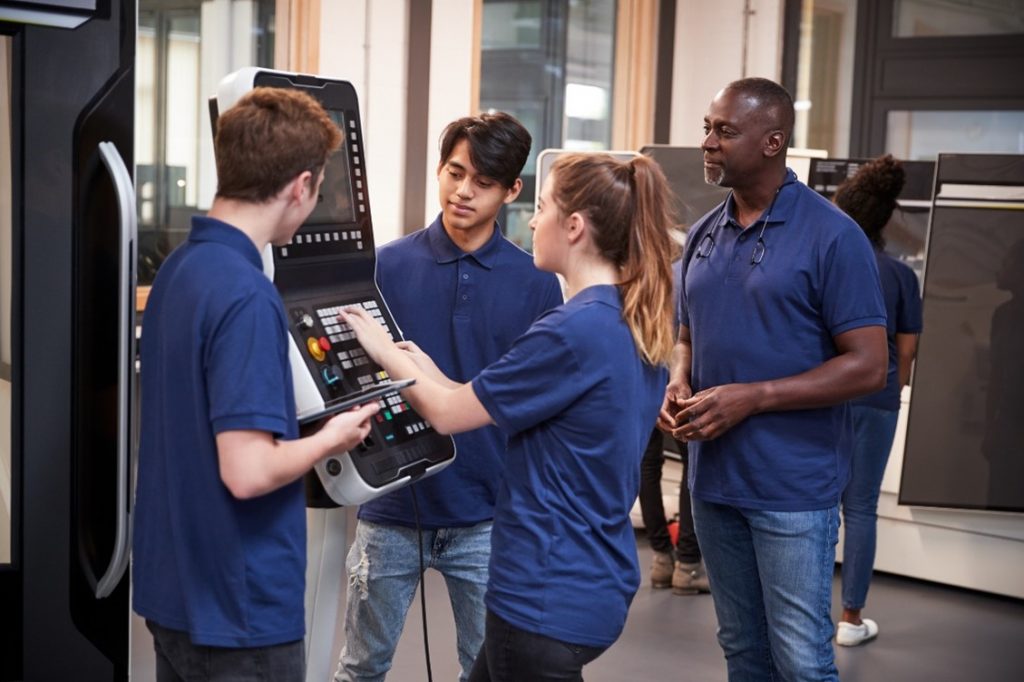
In last year’s Annual Manufacturing Report (2019), it was revealed that more than half of businesses in the industry believed
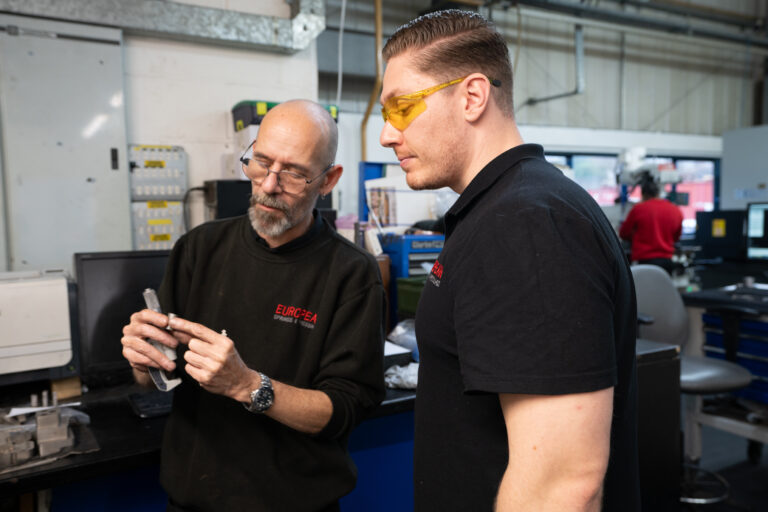
And even if we don’t have exactly the tool we need, European Springs’ in house technology enables us rapidly to design and make complex tools, allowing us to offer more competitive prices.



© Copyright 2025 | European Springs
Designed, Promoted and Powered by SQ Digital